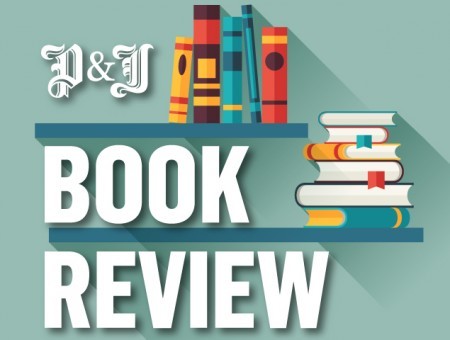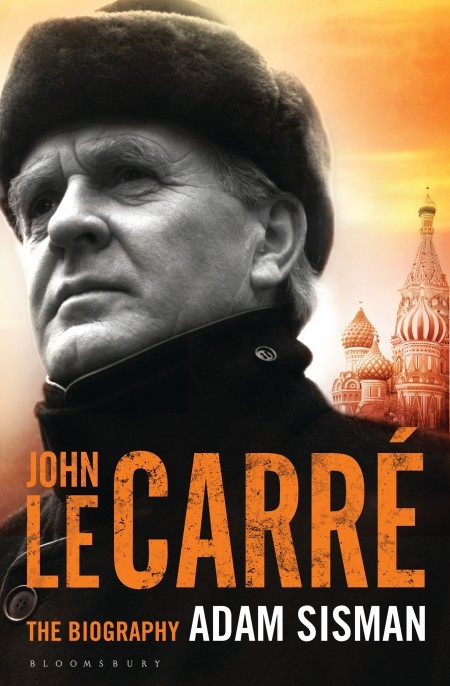John Le Carre – real name David Cornwall – has for decades enjoyed a status rare among writers: the acknowledged master of a genre whosework is also considered real literature.
Hardback by Bloomsbury, £35 (ebook £11.88)
Yet, as the years have passed, and despite massive global success and countless film and TV adaptations – we seem to know less and less about him.
This absorbing new doorstopper from Sisman – acclaimed biographer of AJP Taylor,
Boswell and Hugh Trevor-Roper, a lifelong enemy of Cornwall’s –
promises to change all that, with an in-depth study informed by
hundreds of hours’ access to the man himself.
Much of the first half of the book recounts the exploits of Cornwall’s
father Ronnie, an incorrigible fraudster and womaniser, and will be
familiar to readers of A Perfect Spy. Cornwall’s mother fled when
Cornwall was just five, leaving him to ’16 hugless years’ with Ronnie.
These twin betrayals, together with lonely years of bullying in
boarding school, leave deep marks on the adult Cornwall. The
clandestine duplicity of service in MI5 and later MI6 suits his
emotionally stunted nature, though Sisman has to glean what he can of
these years from other sources. Le Carre admits he was a spy nowadays,
but remains reticent as to his actual activities.
After the overnight success of The Spy Who Came In From The Cold,
Cornwall morphs into Le Carre, the full-time writer, and the latter
half of the book is a blurry succession of stories researched
(Cornwall still travels widely and dangerously to flesh out his
plots), novels reviewed, and contracts negotiated.
Though witnesses queue up to testify to Cornwall’s charisma,
intelligence, sense of humour and amazing mimicry skills, it is hard
to like him on this showing. He claims at one point that he married
his first wife on the advice of MI5, and sends his sons to boarding
school, despite his own traumatic experiences there. He forms intense,
quasi-romantic relationships with a range of characterful males, while
his second marriage comes across as a partnership with a literary
helpmeet and personal assistant rather than a soulmate.
Though Sisman is at pains to point out that he is his own man –
Cornwall gives access but has no right of veto – he comes across at
times as the novelist’s apologist, for instance, when discussing
Cornwall’s tax affairs or the paucity of well-drawn female characters
in his oeuvre. The biographer’s claim of fearless impartiality is not
helped by his decision to refer to his subject throughout as ‘David’.
The Le Carre persona has enabled us to project onto this much-loved
novelist all the qualities we admire in his writing and characters.
Inevitably, perhaps, Cornwall the man can only be diminished in the
revealing of his flaws and errors. The mask has slipped, and we are
the wiser and sadder for it.

